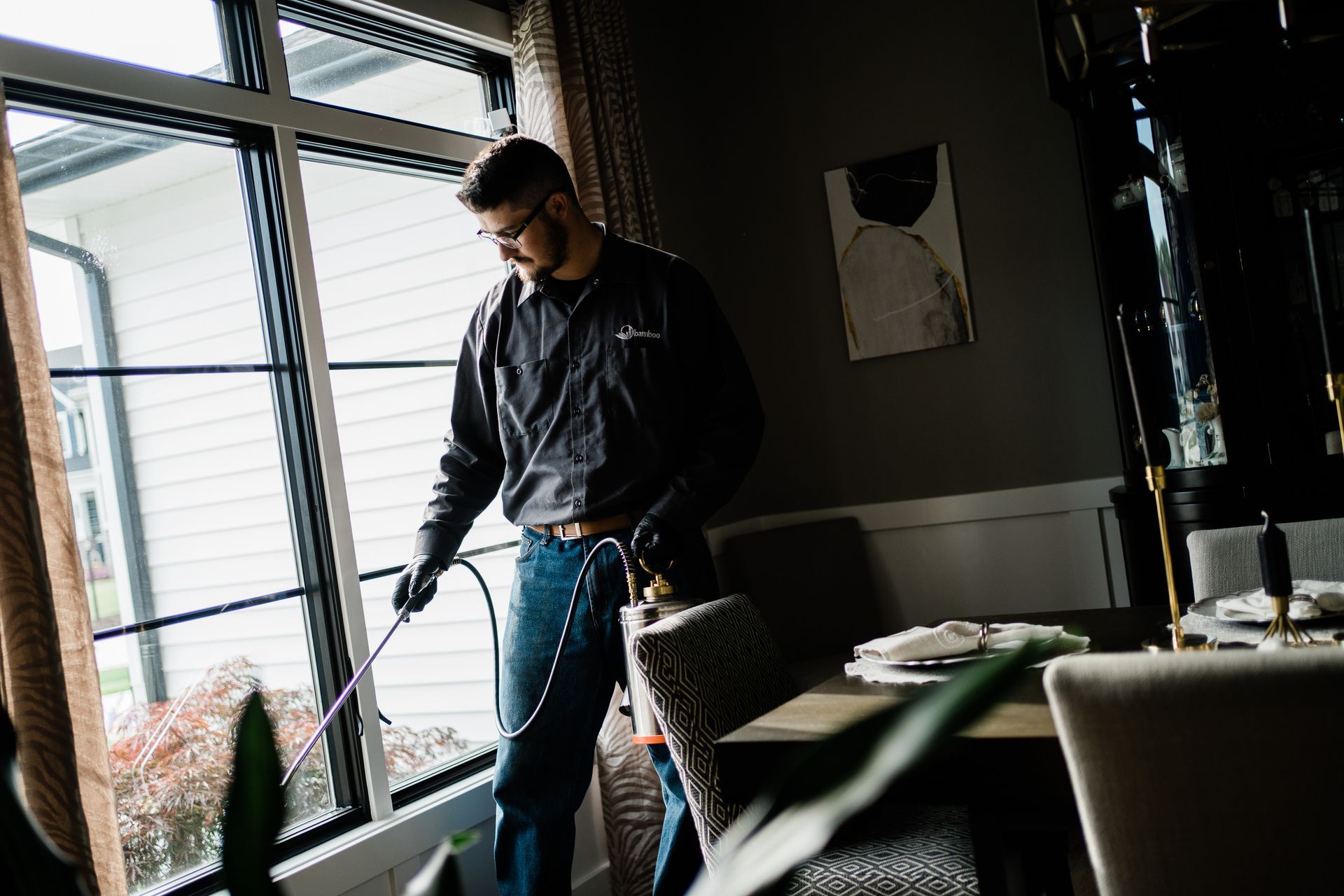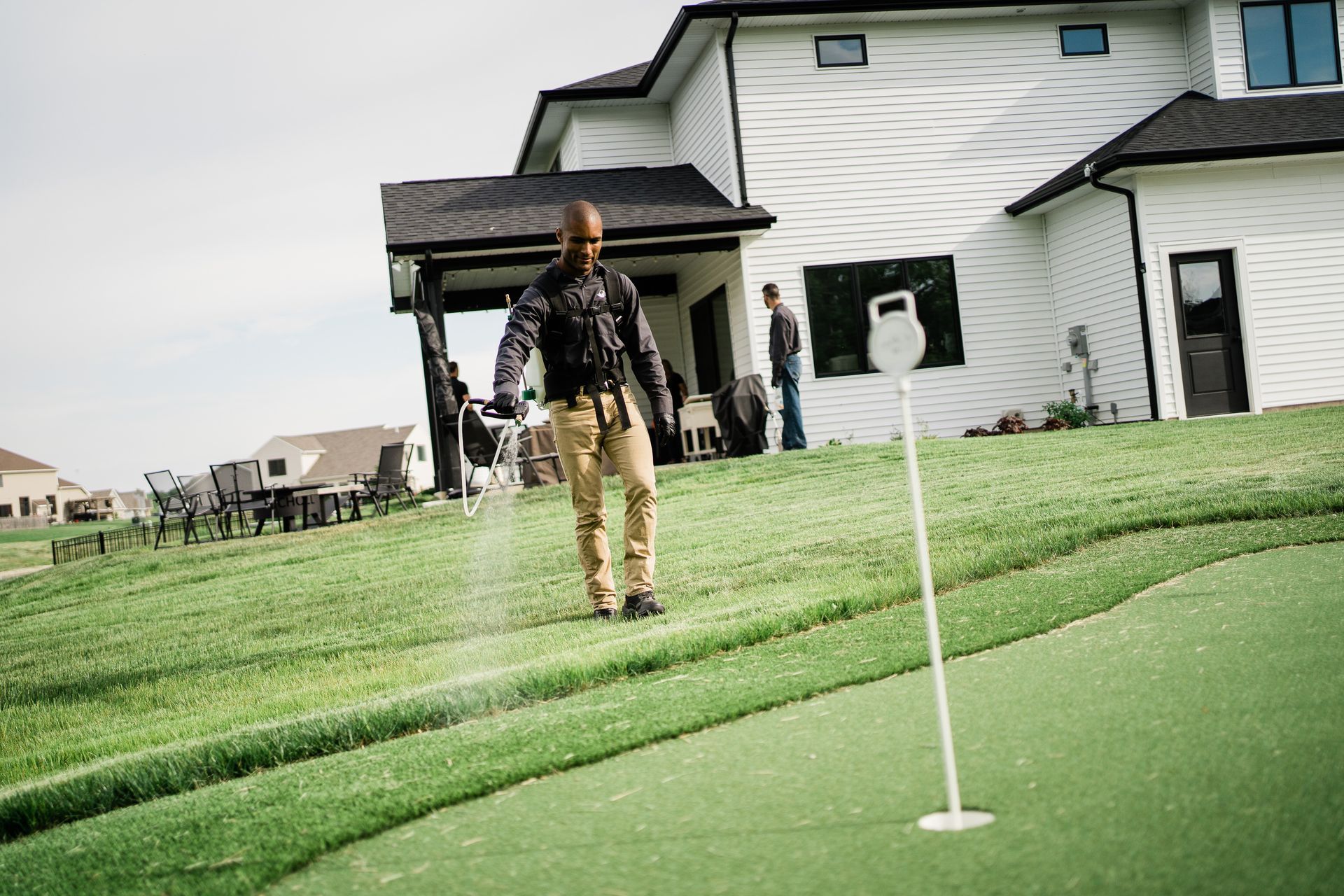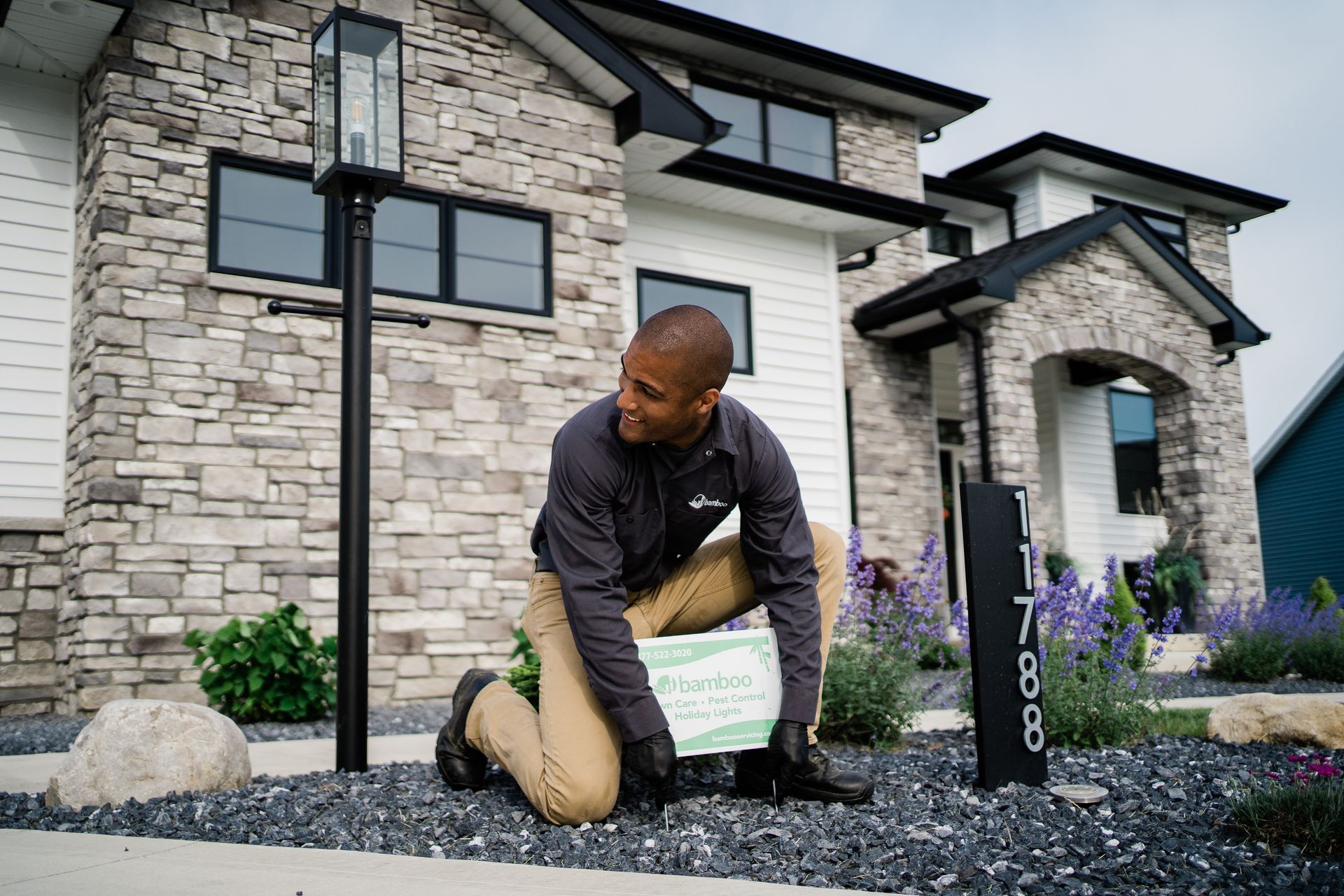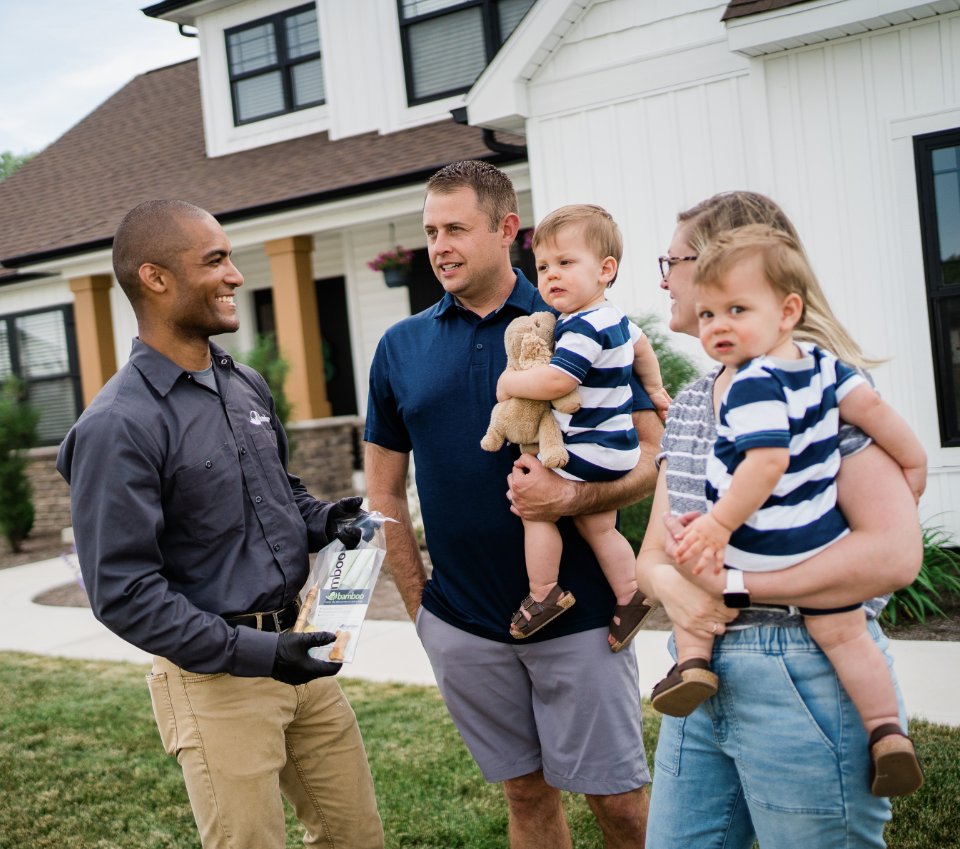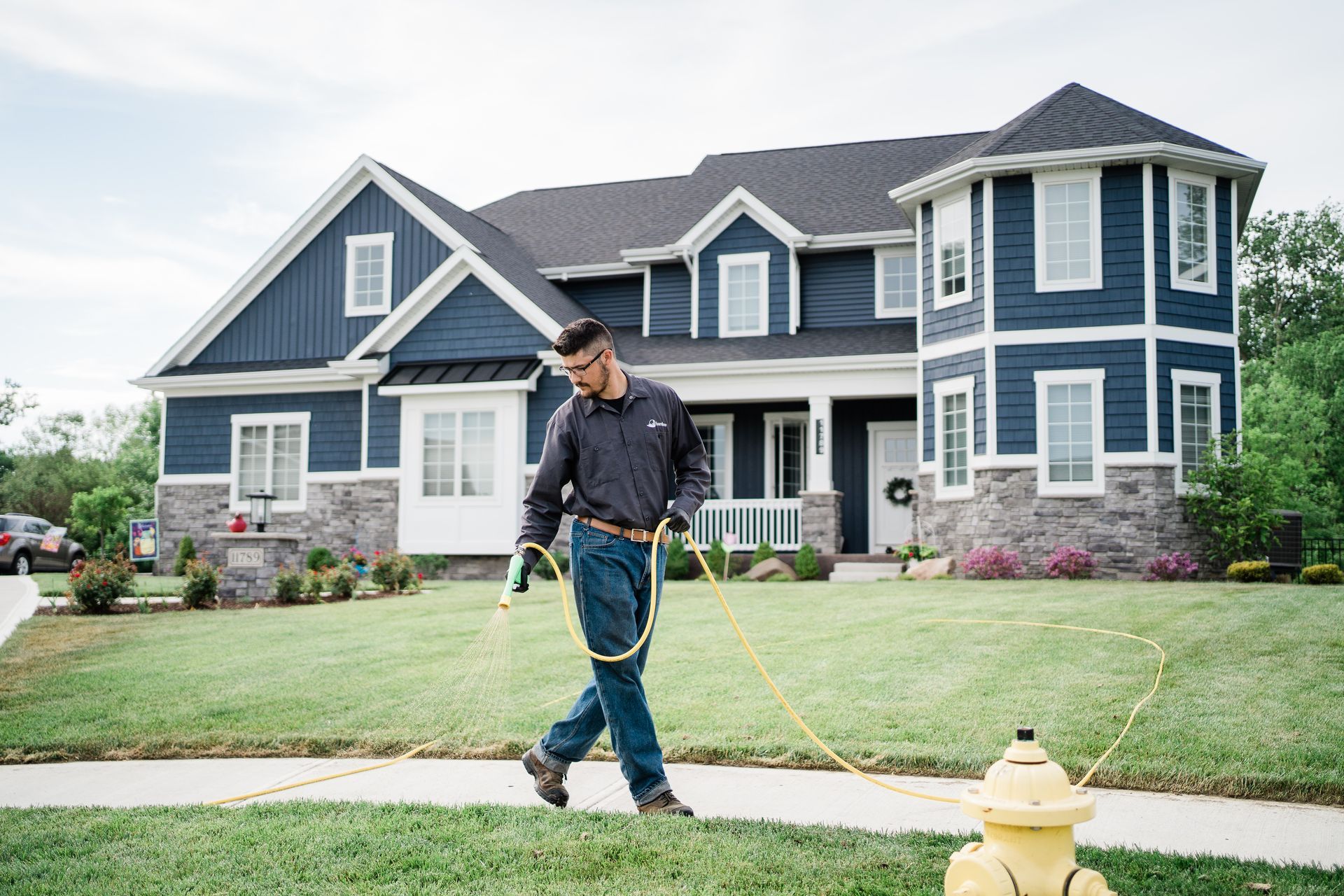How do you ventilate after pest control?
What is the best way to ventilate your home after pest control?
Proper ventilation after a pest control treatment is crucial for ensuring the safety and comfort of your home. This process helps to remove any lingering pesticide odors and airborne chemicals, making the environment healthier for you and your family. Here’s a detailed guide on how to effectively ventilate your home following a pest control service.
Understanding the Need for Ventilation
Pest control treatments often involve chemicals that can leave behind residues and odors. These substances, while typically safe after drying, can still emit vapors that might be unpleasant or irritating, especially in poorly ventilated spaces. Effective ventilation helps to clear these airborne chemicals, reducing the potential for any respiratory discomfort and improving indoor air quality.
Immediate Steps to Take for Ventilation
As soon as the pest control treatment is complete and you are cleared to re-enter your home, you should begin the ventilation process. Here are some immediate steps to follow:
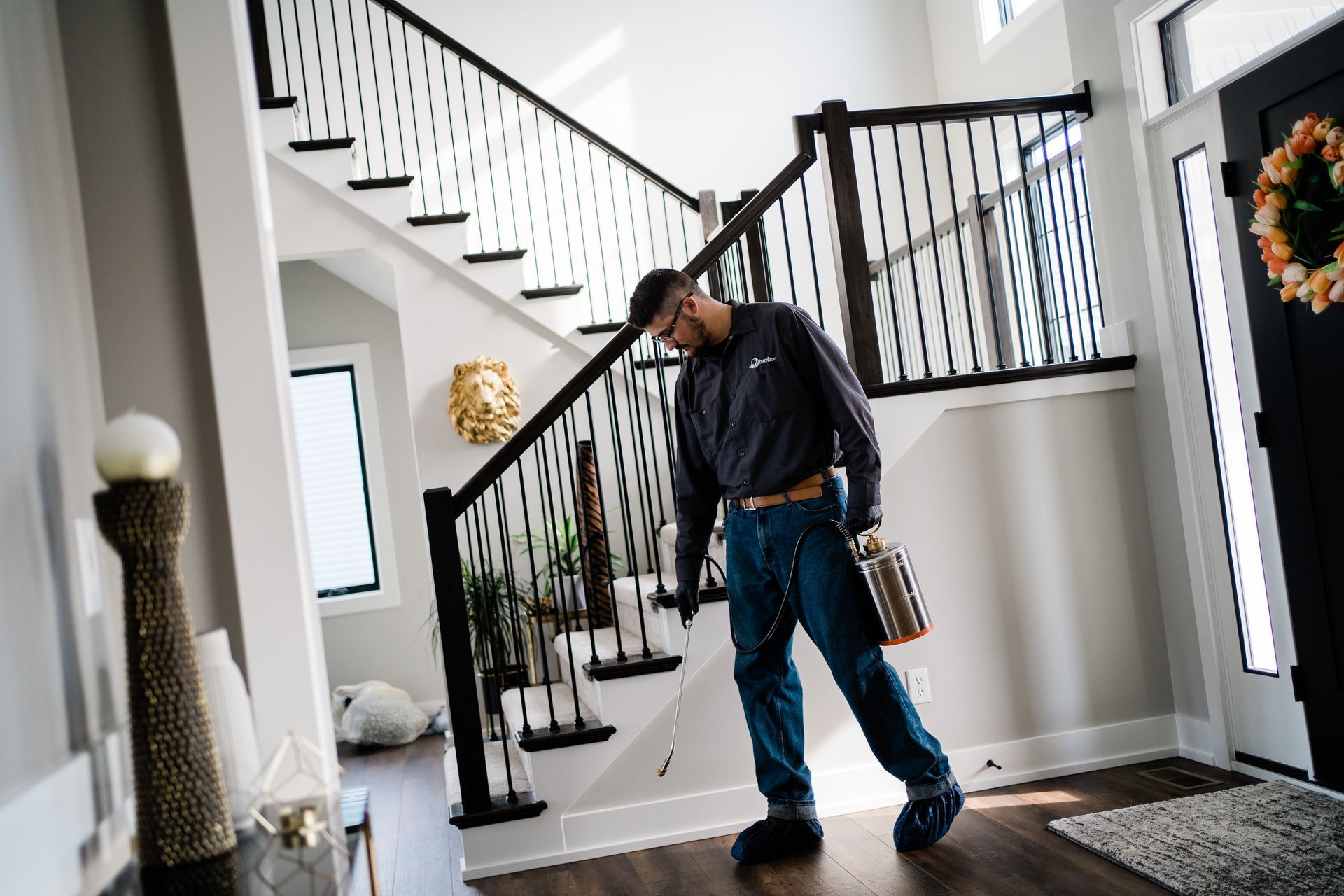
- Open Windows and Doors: Create a cross-breeze by opening windows and doors across different rooms. This allows fresh air to enter and helps push out the chemical-laden air.
- Use Exhaust Fans: If your home is equipped with exhaust fans in the kitchen, bathrooms, or attic, turn them on as they are effective in pulling the indoor air out of your home.
- Deploy Standing or Ceiling Fans: Increase air circulation with the help of standing or ceiling fans. Position standing fans near windows or doors to help push the indoor air out.
Duration of Ventilation
The amount of time needed to ventilate your home effectively can depend on several factors including the type of chemicals used, the size of your home, and the weather conditions. Generally, it is advisable to keep your home ventilated for at least 24 to 48 hours after the treatment. During this period, try to keep all ventilation aids active as much as possible.
Additional Ventilation Tips
- Avoid Enclosed Spaces: Make sure to open closets, cabinets, and drawers, as these enclosed spaces can trap chemicals.
- Change Air Filters: After completing the ventilation process, consider changing the filters in your HVAC system. This can help trap any residual particles that might have been stirred up during the treatment and ventilation.
- Use Air Purifiers: Air purifiers equipped with HEPA filters can be particularly effective in capturing any remaining airborne pesticide particles. Running an air purifier in conjunction with opening windows can significantly improve indoor air quality.
- Monitor for Odors: Continue to monitor your home for any persistent chemical smells. If odors persist, additional ventilation might be needed, or you may choose to consult with your pest control service for further guidance.
Safety Considerations
While ventilating, it’s important to keep safety in mind:
- Limit Exposure: If possible, stay outside or in a well-ventilated area while your home is airing out, especially if you have respiratory issues or are sensitive to chemicals.
- Protect Pets and Children: Keep pets and children away from treated areas until you are confident all residues and odors have been sufficiently cleared.
Conclusion
Effective ventilation after pest control is key to ensuring that your home remains a safe and comfortable environment. By following these detailed steps, you can minimize your exposure to any residual chemicals and ensure that your living space is quickly returned to normal. Regularly consulting with your pest control professionals can also provide you with specific advice tailored to the treatments used in your home.
Want To Learn More? Contact Us
For reliable and effective pest control solutions, contact Bamboo Pest Control. Our team of experts is dedicated to providing safe and eco-friendly pest management services tailored to your needs. Schedule an inspection today and take the first step towards a pest-free home.
Contact our team today to learn more about our safe and eco-friendly pest management solutions.
Like this post? Share it here...

